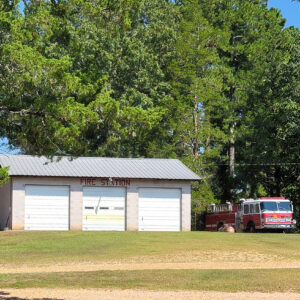 Holly Springs Fire Department
Holly Springs Fire Department
Entry Category: Counties, Cities, and Towns - Starting with H
 Holly Springs Fire Department
Holly Springs Fire Department
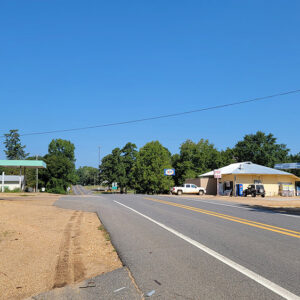 Holly Springs Street Scene
Holly Springs Street Scene
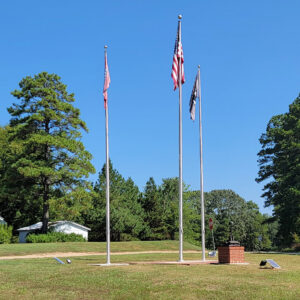 Holly Springs Veterans Memorial
Holly Springs Veterans Memorial
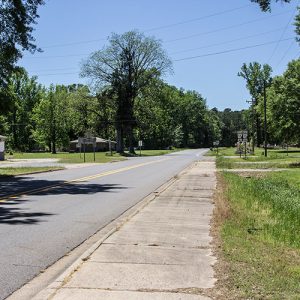 Hollywood
Hollywood
Hollywood (Clark County)
 Hollywood Fire Dept.
Hollywood Fire Dept.
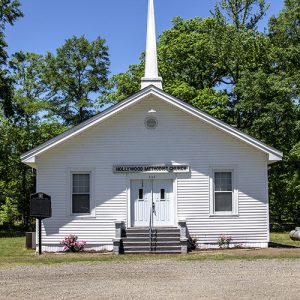 Hollywood Methodist Church
Hollywood Methodist Church
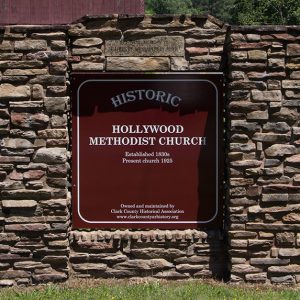 Hollywood Methodist Church Sign
Hollywood Methodist Church Sign
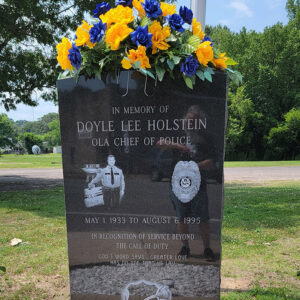 Holstein Memorial
Holstein Memorial
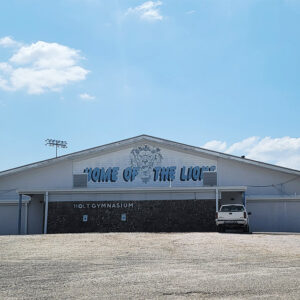 Holt Gymnasium
Holt Gymnasium
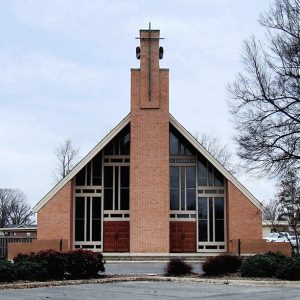 Holy Rosary Catholic Church
Holy Rosary Catholic Church
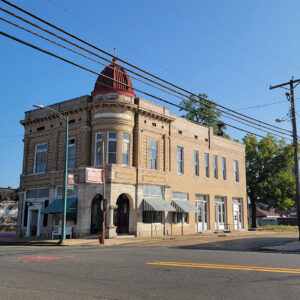 Home Accident Insurance Building
Home Accident Insurance Building
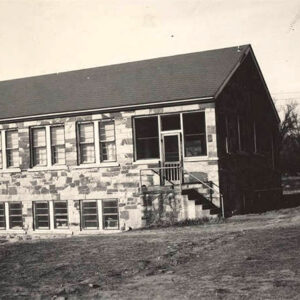 Home Economics Cottage
Home Economics Cottage
 Home News
Home News
Hon (Scott County)
 Hoo Hoo Theater
Hoo Hoo Theater
Hope (Hempstead County)
 Hope Savings Bank & Trust
Hope Savings Bank & Trust
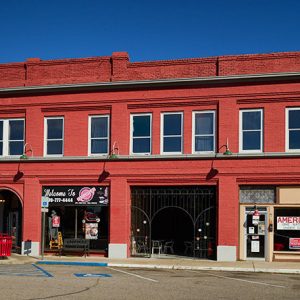 Hope Street Scene
Hope Street Scene
 Hope Street Scene
Hope Street Scene
 Hope Utilities
Hope Utilities
Hopefield (Crittenden County)
Hopper (Montgomery County)
 Hopper Cemetery
Hopper Cemetery
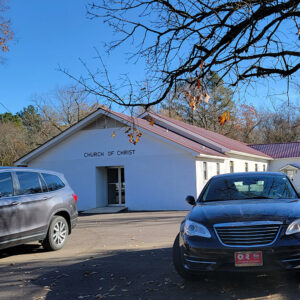 Hopper Church
Hopper Church
 Hopper Community Building
Hopper Community Building
 Hopper Street Scene
Hopper Street Scene
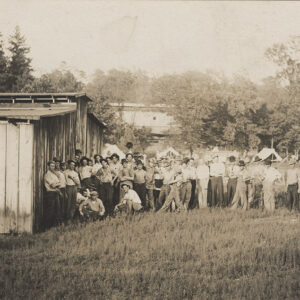 Horatio Peach Harvesters
Horatio Peach Harvesters
Horatio (Sevier County)
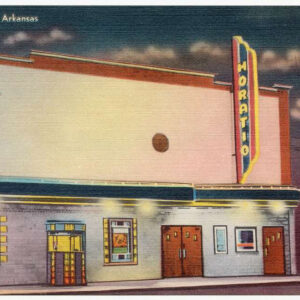 Horatio Theater
Horatio Theater
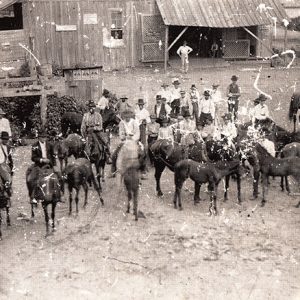 Horse Sale
Horse Sale
Horseshoe Lake (Crittenden County)
Hot Spring County
Hot Springs (Garland County)
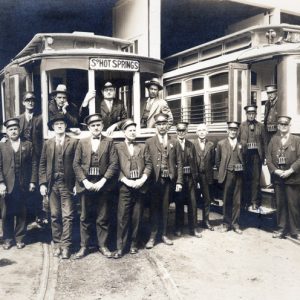 Hot Springs Conductors
Hot Springs Conductors
 Hot Springs Bathers
Hot Springs Bathers
 Hot Springs Buildings
Hot Springs Buildings
 Hot Springs Central Avenue
Hot Springs Central Avenue
 Hot Springs Central Avenue
Hot Springs Central Avenue
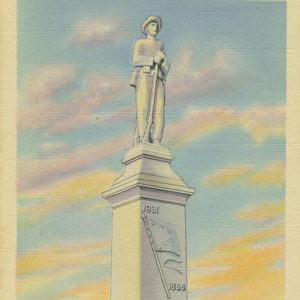 Hot Springs Confederate Monument
Hot Springs Confederate Monument
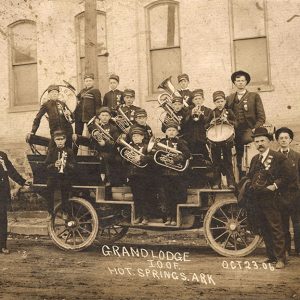 Hot Springs IOOF Lodge
Hot Springs IOOF Lodge
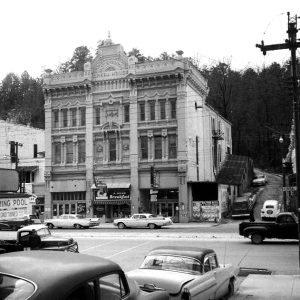 Hot Springs Opera House
Hot Springs Opera House
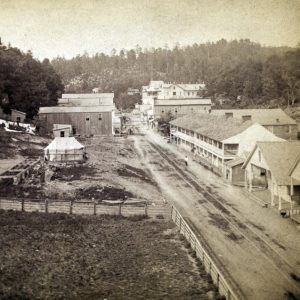 Hot Springs Street Scene
Hot Springs Street Scene
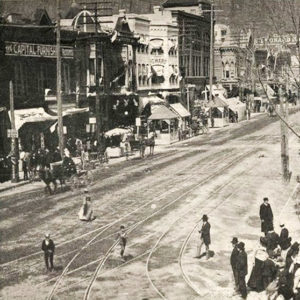 Hot Springs Street Scene
Hot Springs Street Scene
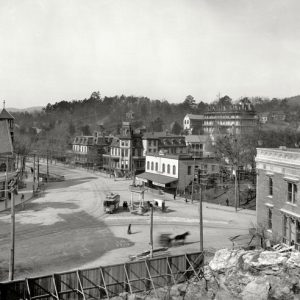 Hot Springs Trolley
Hot Springs Trolley
Hot Springs Village (Garland and Saline Counties)
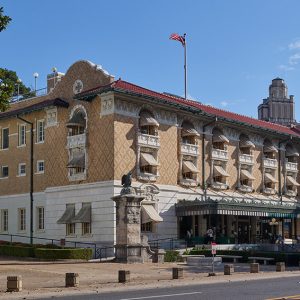 Hot Springs Visitor Center
Hot Springs Visitor Center
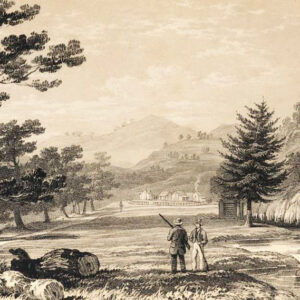 Hot Springs, Early Nineteenth Century
Hot Springs, Early Nineteenth Century
 Hotel Adrian
Hotel Adrian
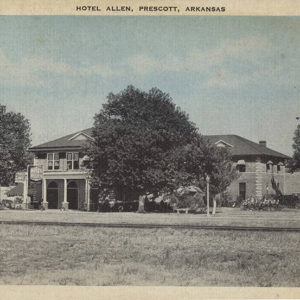 Hotel Allen
Hotel Allen




